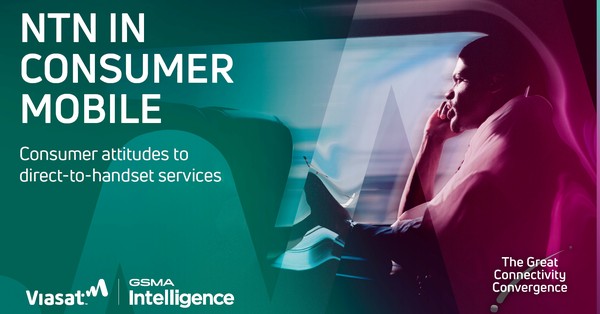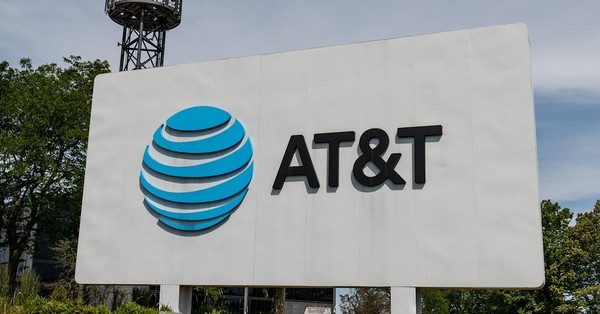- Proptivity and Ericsson, in collaboration with Fastpartner, have launched a multi-operator indoor 5G network that delivers gigabit speeds and coverage to all users within the property
- The launch is the first in the world by a neutral infrastructure operator where a shared indoor 5G RAN without charge can be used by all mobile operators
- Proptivity has an initial CAPEX plan of 3 billion SEK for the coming years, to be invested in Nordic properties’ 5G infrastructure
As the first neutral infrastructure operator in the world, Proptivity has launched a high-performance indoor 5G radio access network (RAN) which is also a fully shared multi-operator network where all operators are invited to join free of charge. The network uses Ericsson’s advanced indoor solution and has been launched together with Fastpartner in their flagship property at Stermalmstorg, Stockholm. Users who work in or visit the property can now enjoy all the possibilities that 5G provides, even the gigabit 5G subscriptions offered by operators everywhere in the property.
WiredScore, experts in property digitalization, point out that well-connected buildings with a superior indoor mobile quality offer higher value to tenants, which shows in higher retention levels, lower vacancy rates, and around 3% higher rent levels.
The recently published EU 5G Observatory report reveals that Sweden is the slowest in Europe to rollout 5G. With this network launch, Proptivity and Ericsson demonstrate that Sweden can once again reclaim its leading position in mobile technology. The fully shared, multi-operator network will deliver 30x better performance as well as up to 70% in energy savings property-wide compared to traditional solutions, making it possible to quickly build out high performing indoor 5G in a truly sustainable way.
“Following the pandemic, we are seeing an increasing need among property owners and tenants to have stable and predictable indoor mobile services from multiple providers.A neutral infrastructure that promotes competition and innovation while also reducing environmental footprint is a no-brainer for us.” says Urban Edenström, Founder and Chairman of the board of Stronghold Invest.
Mikael Lundman, CEO of Proptivity says “Sweden is lagging behind in 5G and property owners and operators must cooperate to secure good mobile services indoors. 5G signals stop in walls and without an indoor network there will be no good 5G service. In Sweden, since the 90s, we have used passive indoor systems, these are intended to be discontinued in Norway and I cannot imagine that we in Sweden shouldn’t have leading technology, especially when it is developed by Ericsson. It is as if we would only continue with vinyl records in Sweden despite there being Spotify. Big investments are needed to catch up and with our cost-and resource effective shared networks, any 5G device, from phones, computers or video cameras to future applications, can be used everywhere in the house.” He also emphasizes that “the immediate improvement in user experience such as the reduction of frustration from calls and video meetings being dropped in elevators or garages.”
Christopher Johansson, Deputy CEO of Fastpartner, says: “We see 5G as a key innovation platform for our tenants and for our own continued digitalization. It will create many opportunities that we cannot even see today and it’s important that we start to develop our capabilities now. We have chosen to work with Proptivity as they offer a strong 5G solution, together with Ericsson, that meets our needs from a technical perspective, as well as a simple business model that we believe in.”
David Hammarwall, Head of Product Area Networks, Ericsson, says: “This milestone with Proptivity using Ericsson’s indoor 5G network solution marks a shift towards a new business model in the indoor space, with neutral hosts and enterprises increasingly taking the helm when it comes to indoor 5G deployments. This development underlines the growing demand for high-performing indoor 5G inside, as well as outdoors.”
About Proptivity
Proptivity is founded to deliver the best indoor 5G infrastructure as a service in the Nordics and Baltics. The solution is created to meet the demands of real estate owners. These demands can be summarized with a predictable high-performance open mobile network in a sustainable way. We call this Gigabit 5G, to set the bar on what good looks like. Research shows that most of 5G traffic is consumed indoors but mostly covered outdoors, without the possibility of meeting the demands of real estate owners. Using Proptivity’s Gigabit 5G, real estate owners and operators are empowered to deliver high-performance 5G for their customers when indoors in a sustainable way.
About Stronghold Invest
Stronghold Invest is an active investment company with a long-term perspective and entrepreneurial culture. The group manages approximately 68 billion euros of commercial real estate and invests more than 1 billion euros in new properties across Northern Europe annually. Today, the group has around 2,500 employees across 40 offices and operates in eight countries. Our strategy is to invest in profitable, innovative, and growing companies within the real estate industry. The group’s largest holdings are the wholly owned subsidiaries Newsec and Niam, where Niam Infrastructure Fund is a large owner in Productivity.
About Fastpartner
Fastpartner is a listed Swedish real estate company that owns, manages, and develops commercial properties in Sweden’s largest population centers. Our properties house some of Sweden’s leading and largest technology, service, and industrial companies, as well as young entrepreneurs with start-up companies, and different types of community services, such as nursing homes, schools, government and municipal administrations, and healthcare facilities.
We develop the properties in close dialogue with our tenants. In this way, we can create efficient business premises and contribute to the long-term positive and sustainable development of the urban space.
Source: Cision News Read More








































